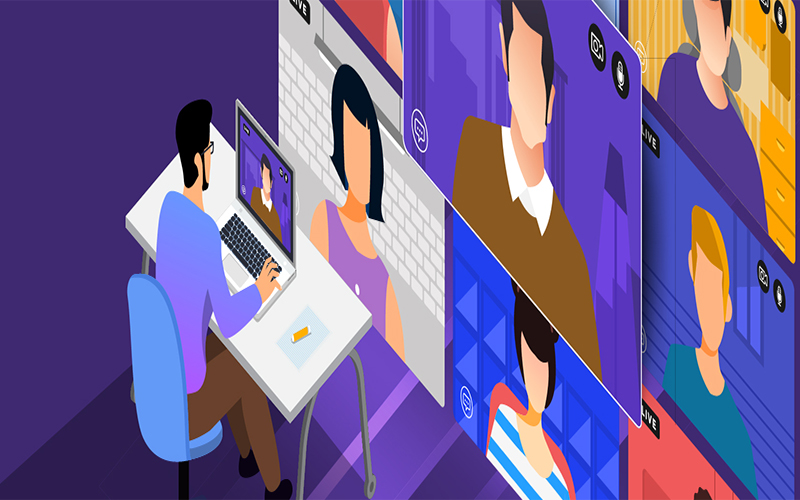Corporate
Building a Future-fit Skilling Ecosystem for Human-ware Tomorrow
In the 1980s, Japanese carmakers faced a unique dilemma. They wanted to automate, but in a manner that would not alienate their workforce. The approach they adopted is what we now call human-ware – the co-existence of humans and bots. The spirit of human-ware enablement can be best described by the popular catchphrase of Japanese carmakers, “it is the worker who gives wisdom to machines.”
Indeed, it’s true. We have always known the importance of human touch in client servicing, and the virtual world of the pandemic has further cemented that belief. After years of debate about whether automation will encroach on jobs, businesses are now starting to increasingly imagine a future where automation technology is leveraged to enhance, not replace human capability.
As per a PwC report, nearly 70% of business heads (who are confident of their digital capabilities), are facing a severe talent shortage for new skills. So how do we build a multicultural, human-ware ecosystem? Organizations, after all, cannot simply wait for the right talent to show up. The rapidly growing demand and an equally shrinking shelf life of newer technologies justify the means for not just reskilling, but also multiskilling and lifelong learning.
Building the Learning Ecosystem
Establishing a skilling system for the future, however, cannot entirely depend on corporations. If we are to bridge the skill gap and be ready for dynamic changes in the technology landscape, the entire ecosystem of professionals, educators, and policymakers must work in sync.
The Australian government committed to expand its JobTrainer Fund with an additional AUS$500 million and extend it until 31 December 2022. The Fund will support training in digital skills and upskilling in critical industries. The JobTrainer Fund was launched in 2020 to support hundreds of thousands of job seekers, school leavers, and young people by providing access to free or low-fee training places in areas of skills shortages.
In the UK, the government launched a new Skills Accelerator program in the 2021 budget, which will help build stronger partnerships between local employer groups, such as Chambers of Commerce, colleges and other providers to make sure communities are getting the training needed to meet local skills gaps.
Company Learning and Development (L&D) initiatives play an important role in this, helping to identify and create a roadmap for future-fit skills, which can further help educators and policymakers in supporting this demand in early education. Organizations are thus increasingly working on bringing L&D objectives in sync with business metrics to create relevant courses and frameworks to deliver on it.
There are various approaches one can adopt to achieve this. While some organizations are opting for self-paced learning, others are simply providing easy access to third-party learning portals or learning solutions for employees to pick and choose their desired skills.
The Education Imperative
While targeted training is within the remit of an individual company to meet the internal skills gap, a wider approach is required to prepare the future of the workforce. The development of soft skills, for example, are best begun at an early developmental age, such as at the school level
This is a space that will require government intervention and companies must work with governments to clearly define the needs and introduce new models. The existing boundaries and frameworks of curricula and the profile of educators need to be redefined in tandem to create and nurture a culture of always-on learning. It is also critical to foster collaboration between industries and universities.
The education ecosystem must evolve to guide students to tap into capabilities beyond technical training, such as creativity, innovation, emotional intelligence, and empathy, which would enable them to operate in a dynamic and multicultural workplace. The collaboration between industries and universities needs to move to the next level to make room for an increasingly integrated approach, wherein the corporate feeds into the evolving skilling needs either by self-paced or by outsourcing learning and development, and the educators find ways to implement it in the curricula. In this context, the possible role of the industry in co-creating degree programs that meet the skills of the future cannot be denied.
The foundation for an industry-academics collaboration has already been laid. When kicked off in 2018, the India-based industry body, NASSCOM’s FutureSkills program aimed to train, reskill and upskill nearly 2 million professionals, potential employees and students in five years.
The ecosystem thus created could potentially facilitate a strong relationship between universities, industries, and governments. This collaboration will prepare companies like us to thrive in the upsidedown world of today.






